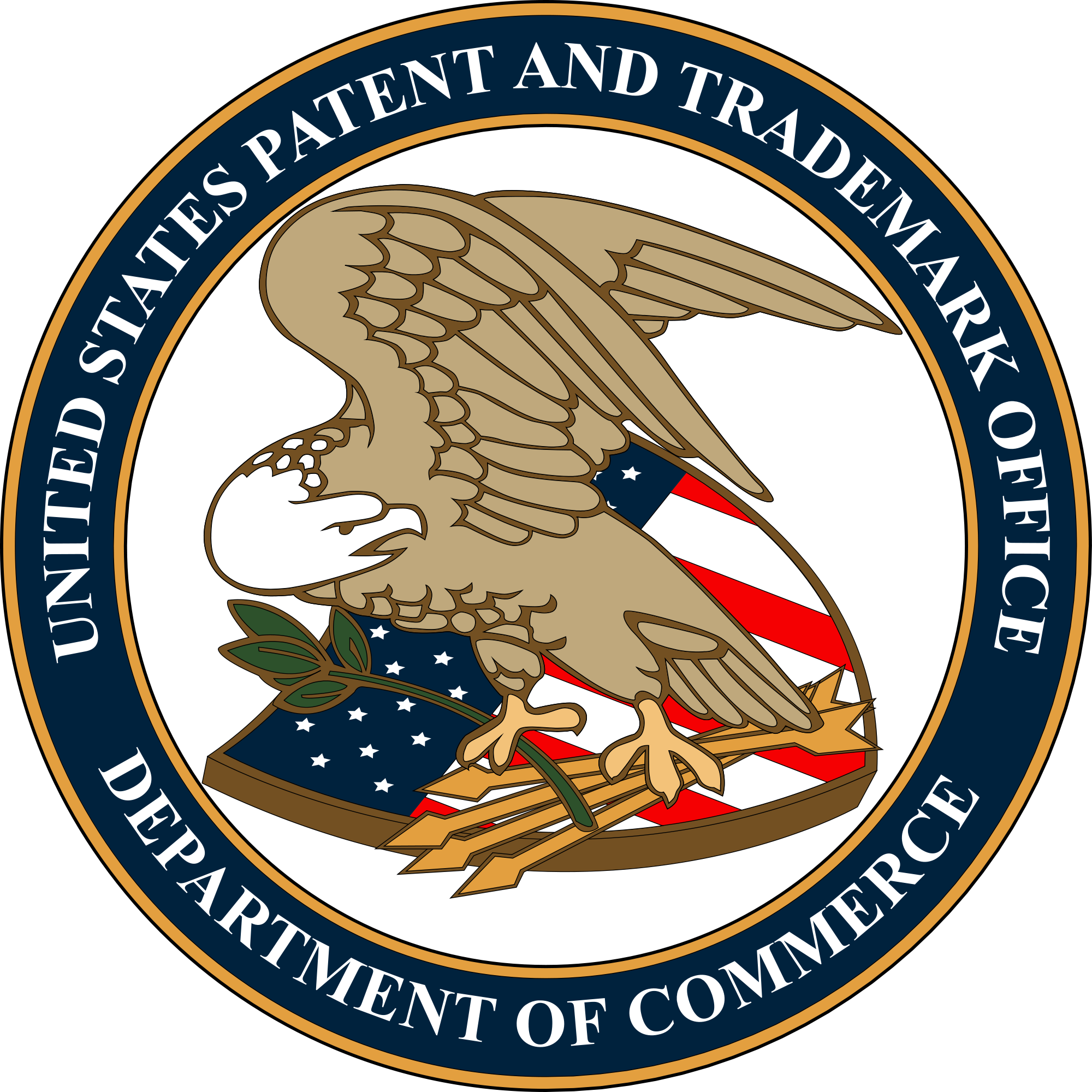Patent Process Summary, Start to Finish.
Even though the following is not an official classification of the patent process, however, for practical purposes,the process of obtaining a US patent may be divided into the following three distinct phases. Each phase starts with a particular event and is terminated with a particular event, as explained below.
Patent Process Summary - Phase I
Drafting
In this phase of the patent process, the inventor discloses his/her invention to the patent attorney or agent vi a written description and/or an interview. An inventor interview is simply a conversation about the invention to ensure that the attorney (or agent) understands the invention. The inventor(s) and the attorney may go back and forth once or more to clarify any questions or ambiguities.
Prior to starting the actual drafting process, a search for similar inventions may be performed. This search is generally advised to avoid spending time and money on drafting an application for an invention that already exists. The attorney or experienced paralegals may initiate such search on inventor/client instructions. Depending on the complexity of the invention, the drafting of the patent application may take between 15-35 hours, other than for some exceptional cases.
The patent application is not a form to be filled out. It includes three major parts: the specification, the drawings, and the claims. The specification is a description of the invention, usually based on the drawings. The drawings show the novel aspects of the invention and make it easier to describe it. The claims are numbered sentences at the end of the application that describe the novel features specifically claimed as the invention being patented. The drawings are prepared by the attorney, but in most cases, are drawn by a professional illustrator.
When the application is completed, the attorney sends the application, including drawings and claims, to the inventor for review. The inventor may review and request some changes or clarifications before approving it for filing. The attorney will prepare the filing papers prior to filing the patent application with the US Patent and Trademark Office (USPTO). Patent rights apply as of the effective date of the filing. This phase takes between a few weeks to a few months and ends when the application is filed.
Patent Process Summary - Phase II
Prosecution
This phase starts with the filing of the patent application with the USPTO. Depending on the technology area, the prosecution may take from few months to a few years after filing. High technology applications such as electronics, computers, and software are at the higher end of this delay period, often taking 1-2 years or more to be examined.
The USPTO examines the application and rejects the claims based on prior art (other patents, publications, and products) by issuing an Office Action (an official USPTO communication) in over 85% of all cases. Some technology areas, such as software and business methods, have higher rejection rates due to case law, nearing 95% or more. The attorney responds to the office actions to distinguish the invention from the prior art used to reject it.
An application may have to go through several cycles of rejections through Office Actions before being allowed. After successful prosecution and rebuttal of all prior art, the USPTO issues a Notice of Allowance to signify that the application has been allowed and a patent will be issued. A Letters Patent (the physical patent document) is issued by the USPTO and sent to the attorney of record. This phase may take several years, however, patent rights started at filing are applicable retroactively before the issuance of the patent. This phase ends with the issuance of the patent.
Patent Process Summary - Phase III
Patent Maintenance
This phase starts with the issuance of the patent. During the nominal 20-year life of a patent (measured from the effective filing date), several maintenance payments to the USPTO are required at 3.5 years, 7.5 years, and 11.5 years to keep the patent in force. In the general case, this phase ends after the life of the patent ends.
It should be noted that the above description is only a basic outline of each phase, which may be considerably more complex and involve more details that fit within the scope of this brief description.
Contact Us
Home > Tier 2 > This Page
